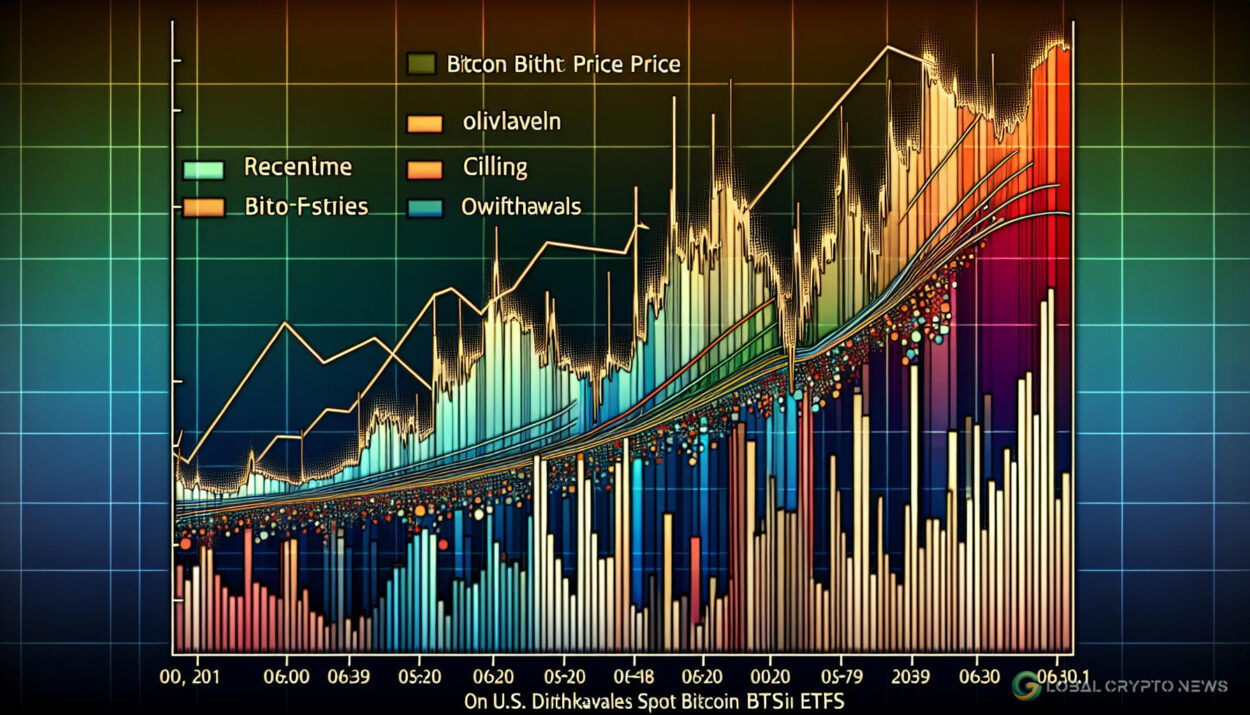After the recent Bitcoin halving, prices have either dropped or remained steady, leading to speculation that the price of BTC could stabilize as spot ETF outflows continue. Data from U.S. spot Bitcoin (BTC) ETFs on April 30 showed significant net outflows from GBTC, amounting to over $93 million in a single day and totaling more than $162 million across four tradable funds. Despite a recent slowdown in Grayscale’s Bitcoin ETF outflows, historical data shows massive exits of over $17.3 billion since January.
Grayscale CEO Michael Sonnenshein has indicated that outflows are expected to decrease as the year progresses, and he also mentioned that the high fees associated with GBTC would gradually decrease over time.
While six funds recorded zero net inflows, experts note that this trend is common on Wall Street, where there are over 2,000 ETFs trading in America. One notable exception was a product offered jointly by ARK 21Shares, which saw over $3 million in net inflows.
Overall, the total net asset value of assets under management (AUM) in spot Bitcoin ETFs has dropped below $50 billion, according to SoSoValue. This decline in AUM is attributed to both Grayscale outflows and Bitcoin prices.
According to CoinMarketCap, BTC traded below $57,000 after a 6% decline in 24 hours following the halving. Nuklai CEO Matthijs de Vries suggested that the market may see a period of sideways trading due to the fundamental changes brought about by the halving.
De Vries also pointed out that on-chain indicators are showing signs of flat prices and market retracement, including a drop in open interest on Bitcoin futures and reduced trading activity in Bitcoin and altcoin pools.
Despite the current market conditions, experts are optimistic about the long-term impact of U.S. spot ETFs and the halving. Bitwise CIO Matt Hougan previously emphasized that reducing $11 billion of annual BTC supply through the halving could lead to price increases within a year.
























